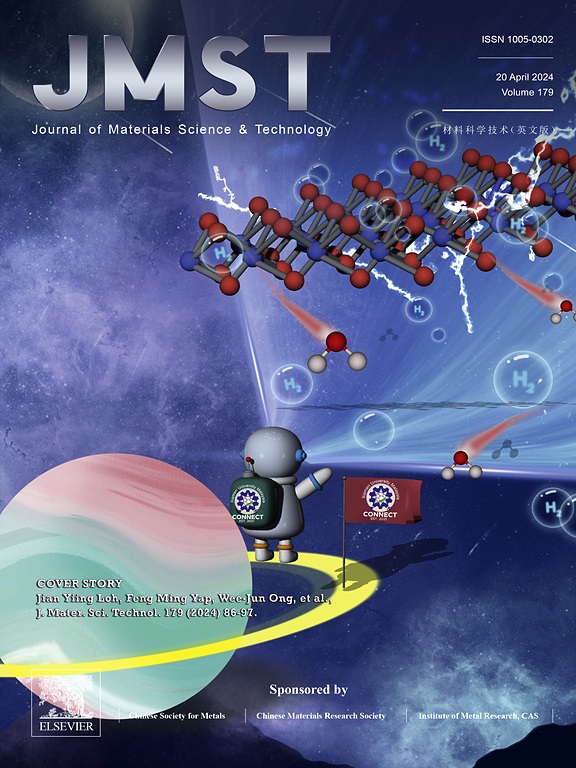Prolonging charge carrier lifetime in S-scheme heterojunctions via ligand-to-metal charge transfer of Ni-MOF for photocatalytic H2 production and simultaneous benzylamine coupling
IF 14.3
1区 材料科学
Q1 MATERIALS SCIENCE, MULTIDISCIPLINARY
引用次数: 0
Abstract
S-scheme heterojunctions have gained widespread application in photocatalytic reactions due to their distinctive carrier transport mechanism and remarkable redox capabilities. However, a significant challenge persists in extending carrier lifetimes while simultaneously enhancing light absorption, both of which are essential for optimizing photocatalytic activity. Herein, we report the solvothermal synthesis of ultrathin CdS nanosheets grown in situ on two-dimensional (2D) Ni-MOF to construct 2D/2D S-scheme heterojunctions. Comprehensive characterizations reveal that the incorporation of Ni-MOF (metal-organic framework) with ligand-to-metal charge transfer (LMCT) states not only broadens optical absorption but also significantly prolongs carrier lifetimes. This synergistic enhancement, coupled with the S-scheme charge transport mechanism, enables the composite to function as a bifunctional catalyst for photocatalytic hydrogen production and simultaneous benzylamine coupling. The optimal system demonstrates an impressive hydrogen evolution rate of 8.5 mmol g−1 h−1 and an N-benzylidenebenzylamine yield of 4.6 mmol g−1 h−1 without requiring a cocatalyst. This work underscores the potential of integrating MOFs with LMCT states into S-scheme heterojunctions to enhance interfacial charge transfer, offering valuable insights for the design of S-scheme heterojunctions for artificial photosynthesis and related fields.

通过Ni-MOF的配体-金属电荷转移光催化制氢和同时的苯胺偶联来延长s型异质结中载流子寿命
S 型异质结因其独特的载流子传输机制和出色的氧化还原能力而在光催化反应中得到广泛应用。然而,如何在延长载流子寿命的同时提高光吸收能力仍是一个重大挑战,而这两者对于优化光催化活性都至关重要。在此,我们报告了在二维(2D)Ni-MOF 上原位生长的超薄 CdS 纳米片的溶热合成,以构建 2D/2D S 型异质结。全面的特性分析表明,Ni-MOF(金属有机框架)与配体-金属电荷转移(LMCT)态的结合不仅拓宽了光吸收,还显著延长了载流子寿命。这种协同增强作用与 S 型电荷转移机制相结合,使这种复合材料成为光催化制氢和苄胺偶联的双功能催化剂。最佳系统的氢进化率达到了惊人的 8.5 mmol g-1 h-1,N-亚苄基苄胺产量为 4.6 mmol g-1 h-1,而无需使用助催化剂。这项工作强调了将具有 LMCT 状态的 MOFs 集成到 S 型异质结中以增强界面电荷转移的潜力,为设计用于人工光合作用和相关领域的 S 型异质结提供了宝贵的见解。
本文章由计算机程序翻译,如有差异,请以英文原文为准。
求助全文
约1分钟内获得全文
求助全文
来源期刊

Journal of Materials Science & Technology
工程技术-材料科学:综合
CiteScore
20.00
自引率
11.00%
发文量
995
审稿时长
13 days
期刊介绍:
Journal of Materials Science & Technology strives to promote global collaboration in the field of materials science and technology. It primarily publishes original research papers, invited review articles, letters, research notes, and summaries of scientific achievements. The journal covers a wide range of materials science and technology topics, including metallic materials, inorganic nonmetallic materials, and composite materials.
 求助内容:
求助内容: 应助结果提醒方式:
应助结果提醒方式:


